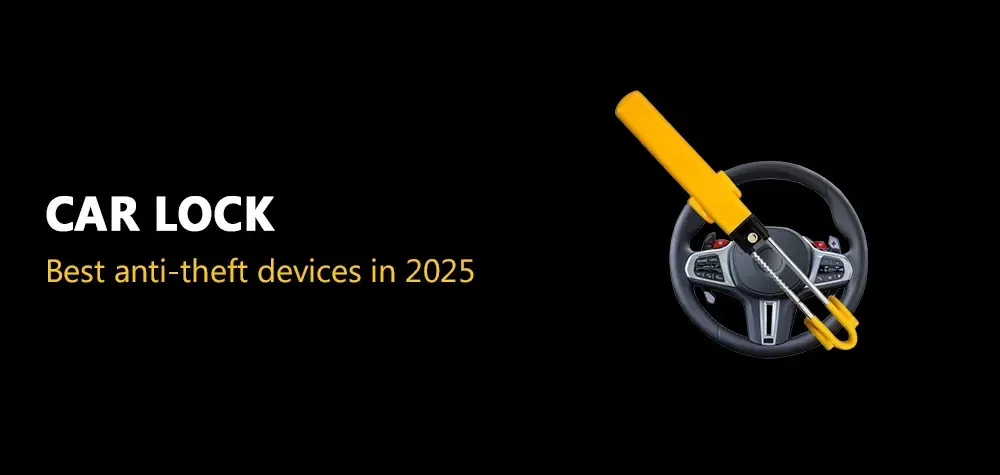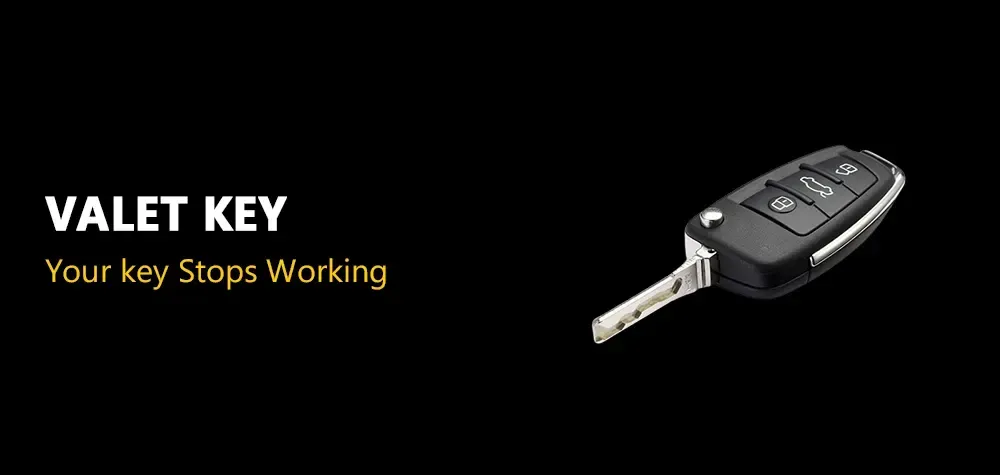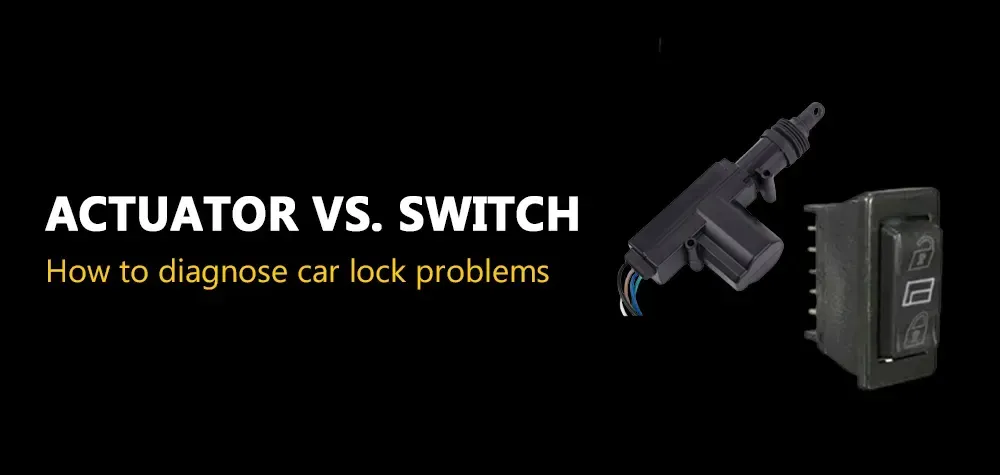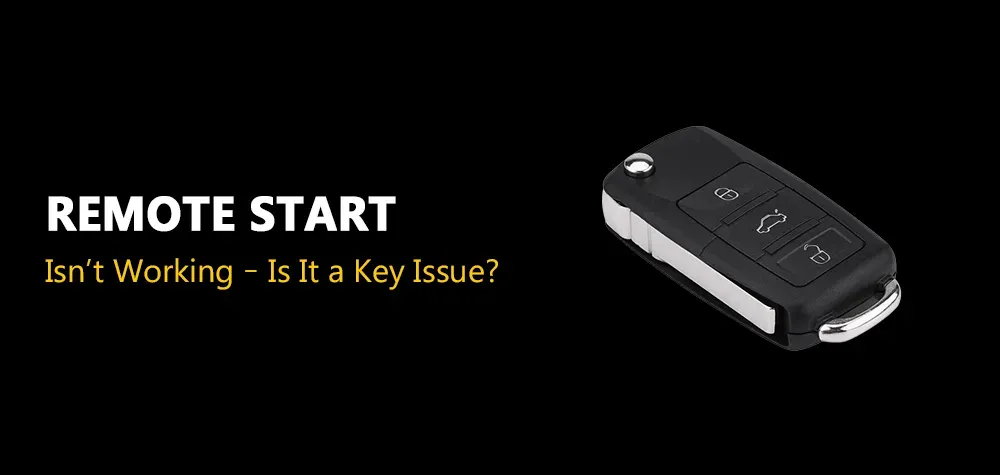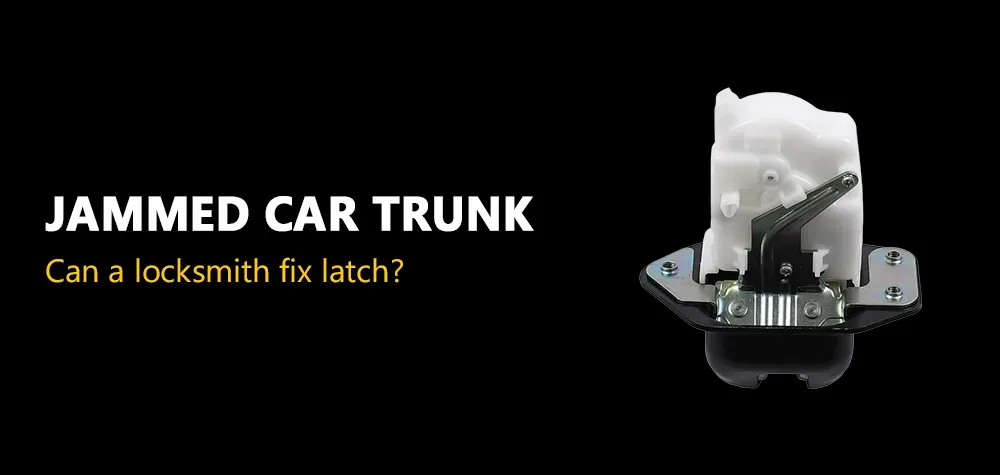Safe Combination Change: When and How to Do It
Safes are essential for securing valuable items like documents, jewelry, or money. However, one critical aspect of safe ownership that many neglect is regularly changing the combination. Whether it’s due to security concerns, lost trust, or simply routine maintenance, updating your safe’s combination can protect you from potential theft and unwanted access.
Importance of Regular Safe Maintenance
This guide will cover when you should change your safe combination, how to do it safely and efficiently, and tips for keeping your valuables secure.
When Should You Change Your Safe Combination?
Knowing when to change your safe combination is crucial for maintaining security. Here are some common situations where changing the combination is recommended:
1. After a Security Breach
If your home or office has experienced a break-in or if you suspect someone unauthorized has learned your combination, it’s essential to immediately change your safe combination. Delaying this could put your valuables at risk.
2. Following Employee Turnover
In businesses that use safes, employee turnover is a common reason to update the safe’s combination. You don’t want previous employees retaining access to important company assets or cash.
3. Forgetting the Combination
If you or someone else with access to the safe frequently forgets the combination, it might be a sign that it’s time for a change. Choose a combination that’s memorable but secure.
4. Routine Maintenance
Many experts recommend changing your safe’s combination once every year or two, even if there are no specific security concerns. This proactive measure helps protect you from unknown security risks.
5. After a Move
If you relocate your home or business and move your safe, changing the combination is a smart step. During transportation or setup, others could potentially observe or gain access to your safe.
How to Change Your Safe Combination
Changing a safe’s combination can differ depending on the type of lock—whether mechanical or electronic. Here’s a step-by-step guide for both types:
For Mechanical Safe Locks:
Locate the Combination Changing Key
Most mechanical safes have a combination-changing key that comes with the safe or can be ordered from the manufacturer.
Open the Safe
Make sure the safe is unlocked and the door is open before you begin changing the combination.
Enter the Changing Mode
Insert the combination-changing key into the hole located on the back of the safe door or under the keypad. Rotate the key to activate the combination-changing mode.
Choose a New Combination
Rotate the dial according to the manufacturer's instructions to set your new combination. It’s essential to avoid simple combinations like "1234" or repetitive numbers.
Test the New Combination
Once the new combination is set, close the door and test it several times to ensure everything is working smoothly.
For Electronic Safe Locks:
Access the Reset Button
Open the safe, and locate the reset button, typically found inside the door or in the battery compartment.
Press the Reset Button
Hold down the reset button until you hear a beep or see the keypad light up, indicating that you’re in combination-changing mode.
Enter the New Code
Enter a new passcode using the keypad. Make sure to select a code that is easy for you to remember but hard for others to guess.
Confirm the New Code
Re-enter the new code to confirm. Many safes require you to enter the combination twice to verify it.
Test the New Combination
Close the safe door and test the new combination several times to ensure it works properly.
Tips for Creating a Secure Combination
When changing your safe combination, it’s important to choose a secure yet memorable code. Here are some tips to create a safe, strong combination:
Avoid Common Numbers: Don’t use easily guessable numbers like birthdays, addresses, or repetitive digits.
Use Random Numbers: The more random your combination, the harder it will be for someone else to crack it.
Consider a Passphrase: If your safe allows for a longer code, consider using a passphrase that includes numbers, such as “h0me$afe1234.”
Write it Down (Securely): If you think you might forget your new combination, write it down and store it somewhere secure, like a password manager or another safe.
What If You Forget Your Safe Combination?
Forgetting your safe combination can be stressful, but there are ways to regain access:
1. Check the Safe Manual
Many safes come with a master reset code or factory code that can be used to reset the combination if forgotten. Check your owner’s manual for this information.
2. Contact a Locksmith
If you can’t remember the combination and don’t have a backup, a professional locksmith like Brothers Locksmith can help. Locksmiths can use specialized tools and expertise to open the safe without damaging it and even assist you in setting a new combination.
Why Hire a Professional Locksmith for Safe Combination Changes?
Although it’s possible to change your safe combination yourself, hiring a professional locksmith can offer several benefits:
Expertise: Locksmiths have the knowledge to handle different types of safes, reducing the chance of errors.
Efficiency: Professionals can change the combination quickly and with minimal hassle.
Security: A locksmith ensures your new combination is correctly set, leaving no room for security loopholes.
How Brothers Locksmith Can Help You
If you’re unsure about changing your safe combination or need assistance with any locksmith services, Brothers Locksmith is here to help. We specialize in safe installation, repairs, and combination changes. Our experts ensure that your safe remains secure while providing fast and reliable service.
Call Us Any Time!

